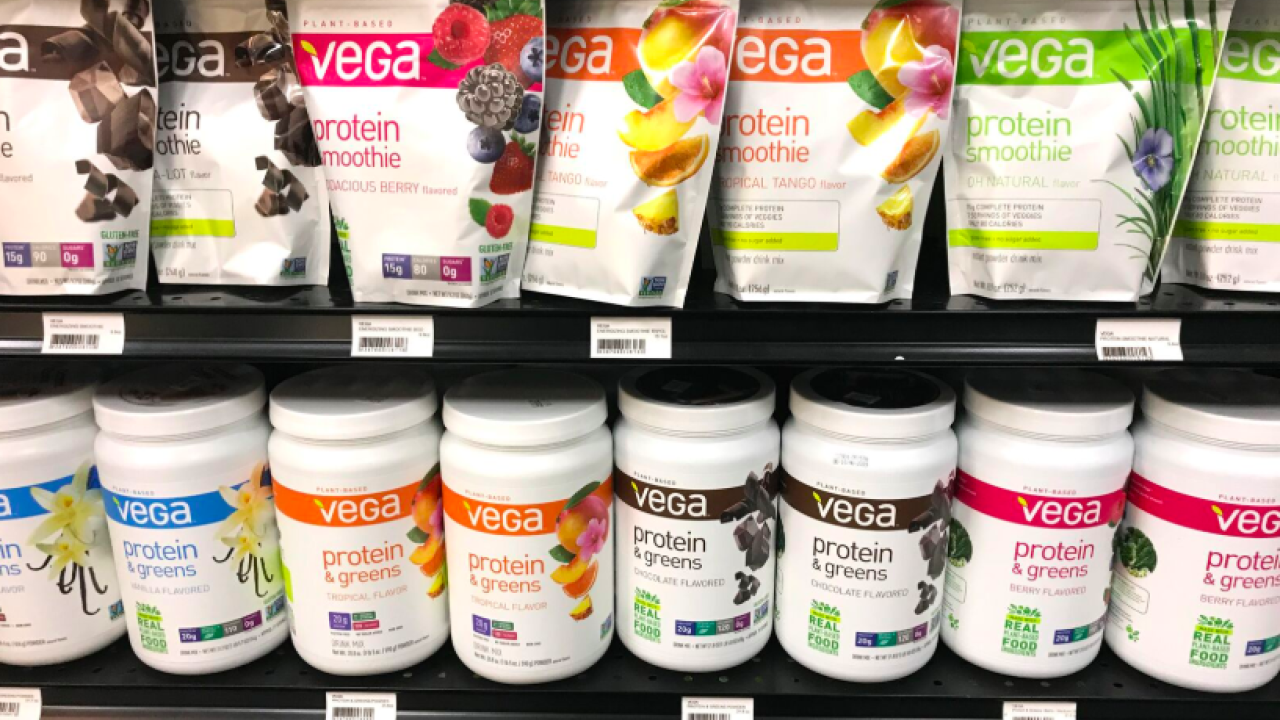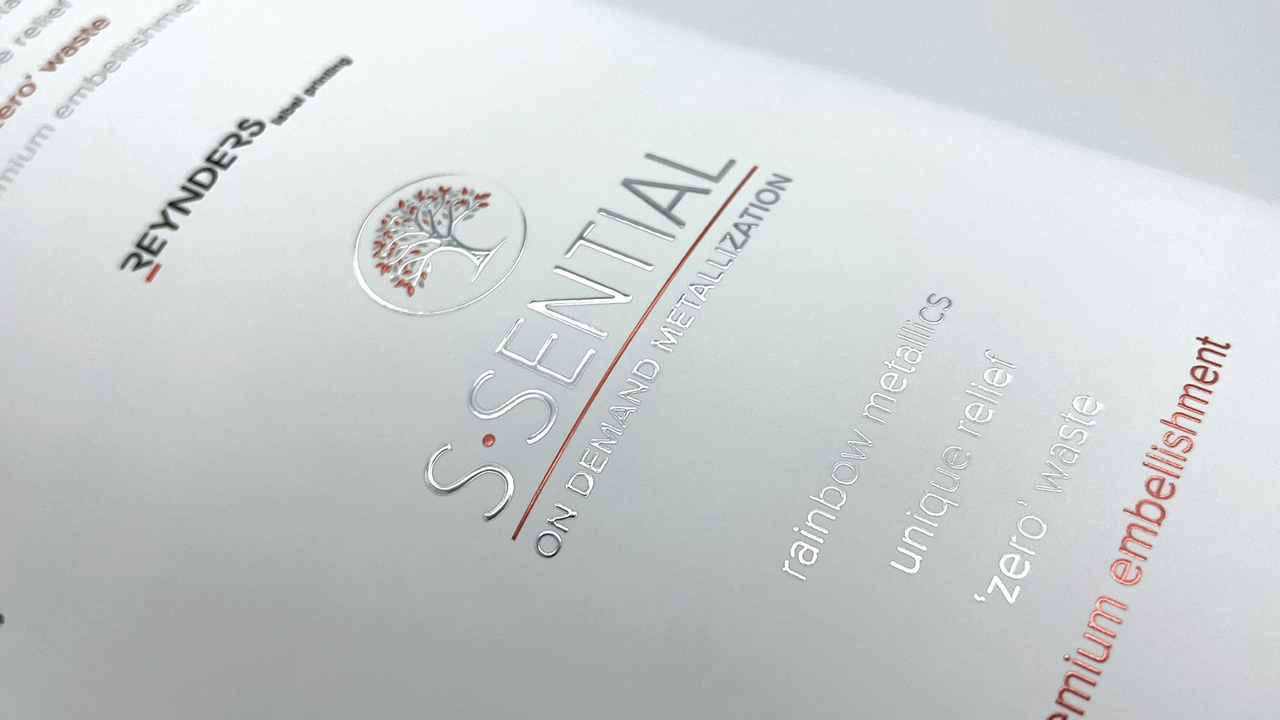A healthy nutraceutical market

Globally, consumers are shifting toward alternative therapies and preventative care and are spending hundreds of billions of dollars on products that, by definition, provide nutritional benefits, boost physical performance or prevent diseases.
Nutraceuticals – a word that derives its name from a combination of ‘nutrition’ and ‘pharmaceutical’ – come in the form of capsules, tablets, liquids and powders. Popular products are vitamins, probiotics, minerals, fibers, energy drinks juices, sports drinks and protein powder. While much of the market demand is from foods, beverages and dietary supplements, there is a growing market for herbal shampoos and creams enriched with vitamins and minerals.
It’s an industry that reached $285bn USD in 2016, and those involved in it say the nutraceutical market is increasingly competitive and one that doesn’t mind spending money on labels and packaging to help them stand out on shelves.
All about the flash
Because nutraceutical brands are so ambitious, they provide label converters with the opportunity to get creative. Like most sectors, nutraceutical brands rely on shelf appeal to grab shoppers’ attention and are looking for ways to stand out from their competition. A common way of doing that is metallic foils, bright colors and inviting textures.
As Ramon Fernandez, owner of ProLabel in Miami, Florida says of nutraceutical labels: ‘The flashier the better.’
Brands, who are putting forth an organic brand identity, tend to veer for a more matte, natural label look, Fernandez adds.
Fernandez operates a digital-only print shop, producing labels on two Xeikon presses and a Domino press. When running some nutraceutical label jobs on his digital assets, ProLabels uses a metallized BOPP material to achieve a foiled look without a foil station.
Sheetlabels.com owner Adam Gray, much like Fernandez, often opts for silver BOPP for nutraceutical labels to avoid a cold foil station, saying: ‘It’s a faster and better value for our customers. It’s one less step in the process, it’s less cumbersome to deal with on the production side.’
Gray, based in Glens Falls, New York, says color is an important factor to nutraceutical brands: ‘Typically, these customers are looking for bright colors. Saturation is very important. CMYK is acceptable and these customers like to experiment with blending colors and layering images. White ink in certain circumstances can make the images pop.’
Oklahoma City’s Regency Labels has carved a 10-year-old niche in nutraceutical labels and flexible packaging. The company began exploring this arena when, according to Regency Labels president Kenneth Green, the owner who was a fitness devotee the time, handed his sales team a list of companies, a few sample labels and said: ‘I think we can do this.’
Today, nutraceuticals make up about 80 percent of the work produced at Regency Labels. The company serves clients of a wide range in size, from new start-ups to well-established brands. The majority of the nutraceutical labels produced at Regency are printed on its Mark Andy and Omet flexographic presses, and most companies want seven or more colors.
Right now, holographic labels are en vogue, Green reports, and the company sources holographic label materials from Avery Dennison. ‘It produces really well, and everybody likes it. We don’t change what’s working,’ said Rebecca Wixom, a sales representative at Regency Labels.
New flavors, more labels
The global nutraceuticals sector will continue to grow and reach $578.23bn USD by 2025, growing at a compound annual growth rate of 8.8 percent, according to a report from Grand View Research.
North America is expected to dominate the global nutraceuticals market in terms of demand over the forecast period.
The report, released in December, notes that there is rising demand for dietary supplements from Brazil, China and India. Furthermore, Grand View Research found that the Asia-Pacific region is growing at the fastest rate – 9.9 percent through 2025 – thanks in large part to rapid growth market in China, Japan and India.
Green says anytime a nutraceutical product is featured on popular television programs, he sees a surge in new labels. ‘They all hop on it,’ he says.
As the market for nutraceuticals expands, so do the flavors and varieties. Digital printing also makes economic sense for many of these nutraceutical brands looking for small run sizes to experiment with new flavors.
‘There seems to be an increased demand of season or varietal flavors,’ Gray says. ‘These brands often do flavor or version changes multiple times a year in order to stay competitive. I think that’s driving some of the demand and causing a spike in volume. In order for those brands to stay competitive on the shelf they have to rotate flavors to keep consumers interested over a long period of time.’
That’s good news for label converters playing in this market.
Stay up to date
Subscribe to the free Label News newsletter and receive the latest content every week. We'll never share your email address.


